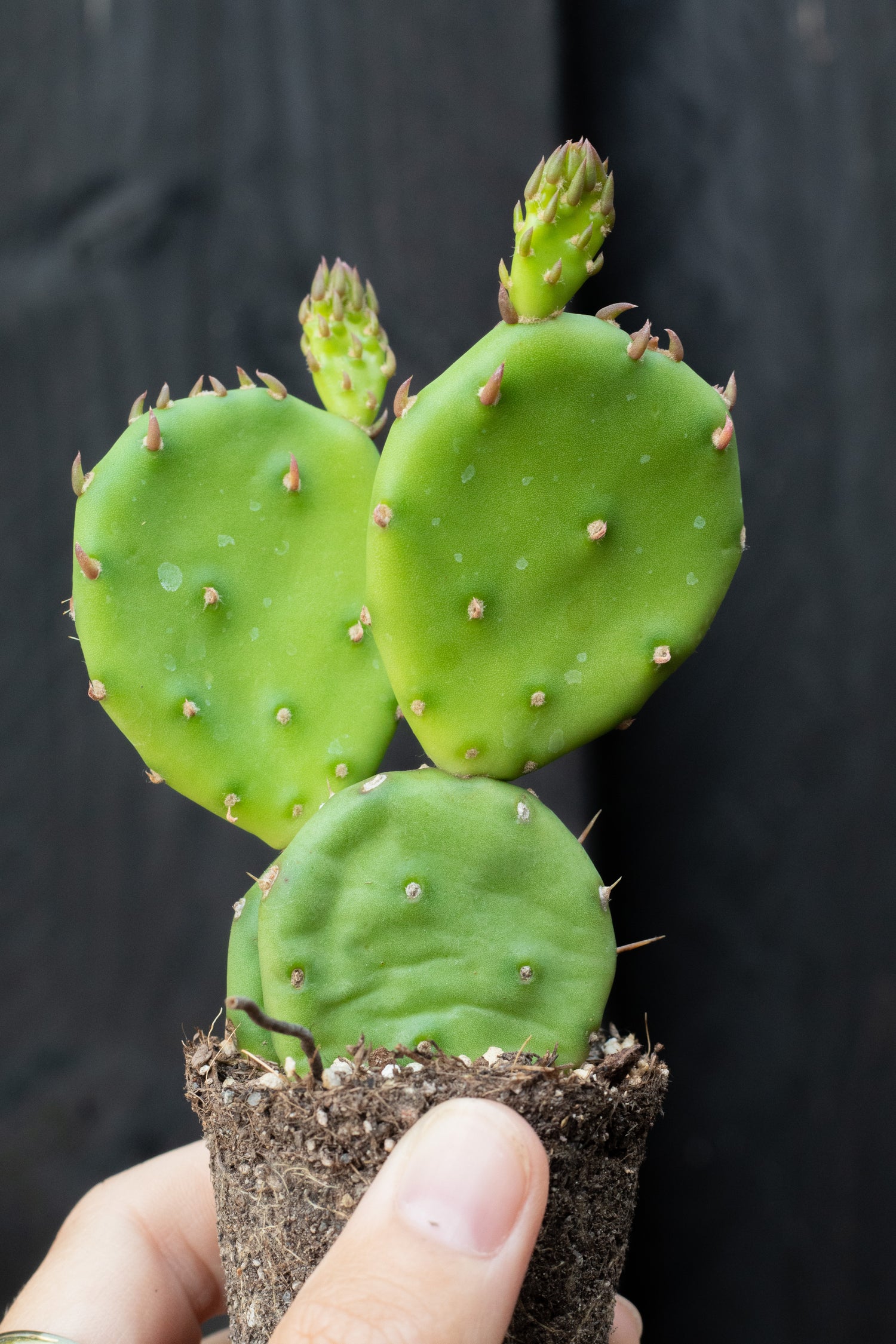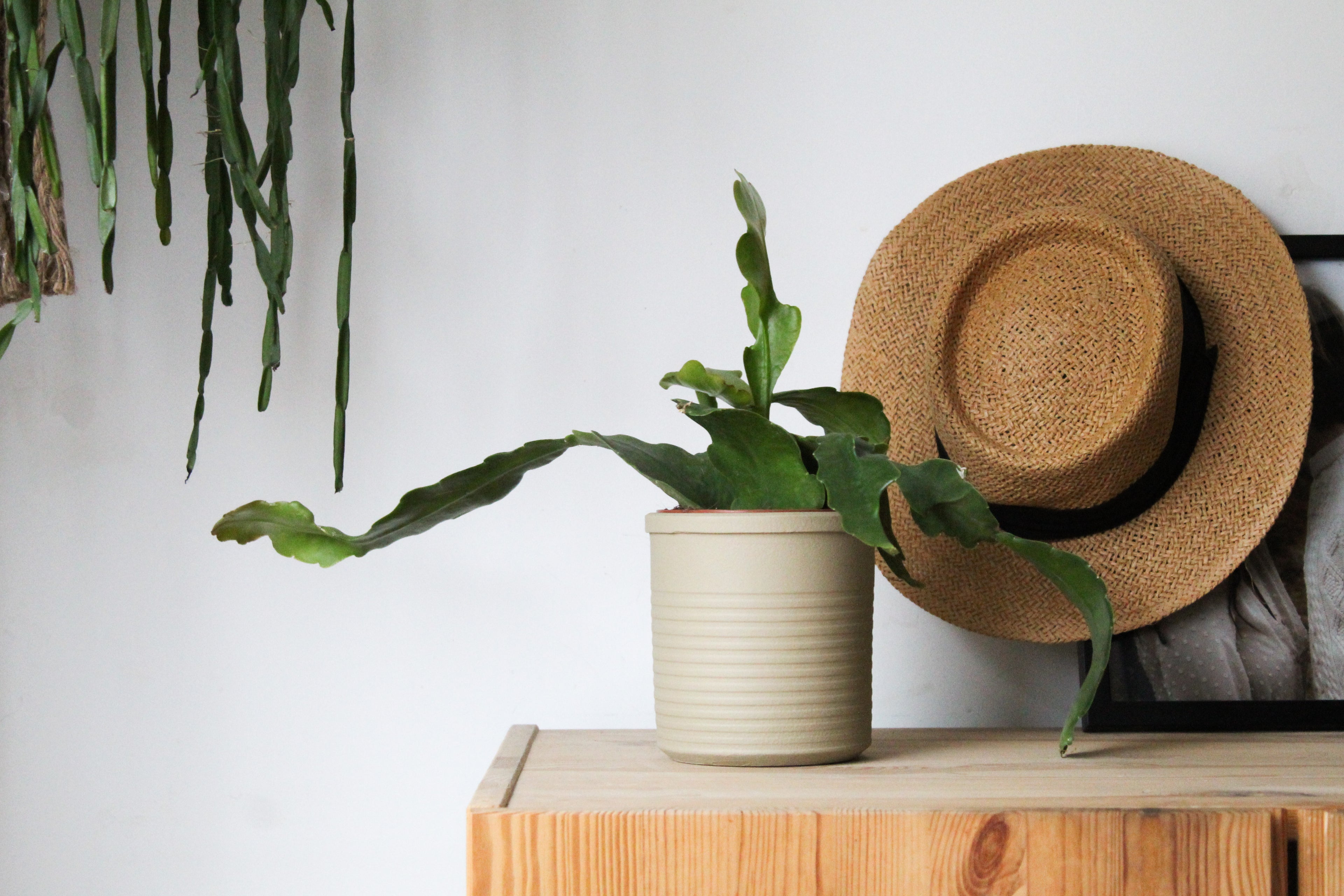Cacti and succulents in winter
Every year, we receive a lot of questions about how you can best care for your cacti and succulents in the winter. Do they want to rest or not? Cold or warm wintering? In this blog, we will show you how you can best care for your plants during this period. To answer questions about winter care, it is especially important where you overwinter your cactus and/or succulents. We distinguish between cold and warm wintering.
Rest period
For both types of overwintering, it is essential that your plants go into dormancy. The light intensity is too low in our winter and there are too few sunny days to maintain good growth. Is your cactus or succulent plant still growing? Then there is a chance that the new growth will be less full and stretched. By reducing the amount and frequency of watering in October, the growth of your plant will also stop. Nutrition is also not necessary during this period. The plant does not grow, and during the rest period it still lives on the nutrients it absorbed from the previous months. Your cactus and succulent also need the rest period to start growing in the spring when the sun is more intense again. The rest period also promotes the flowering of your cactus or succulent plant.
Warm wintering
Do you have the cacti and succulents in your home, for example on your windowsill, cupboard, table or other place where they look good? Then it is often between 18 and 22 degrees. Just depends on how warm the heating is. At this temperature, your cactus, or succulent will still want a small amount of water once a month. He needs this because moisture evaporates from the plant at this temperature.
Is your plant close to a radiator? Then you may have to give it more water even in the winter period. The radiator of your central heating can quickly evaporate a lot of moisture from the ground and your cactus or succulent plant in a short period of time. An advantage of the warm wintering is that the humidity is very low. This gives harmful fungi little chance during the rest period. This is something you will have to deal with during a cold winter. During this warm wintering you may see small wrinkles on the plant, or it may become noticeably smaller. This is a natural process of the plant because it has to make do with less water. You don't have to worry about this. The skin of your cactus and succulent plant is flexible and stretches again when you water more in the spring.
Cold wintering
Do you have a really cold place to overwinter your plants? A greenhouse or cold shed where it does not get warmer than 8 degrees? Depending on the weather in the months of September and October, you reduce the amount and frequency of watering to zero during these months. In the following months, from October to March, the plants do not need any water at all. When there are sunny periods again in March, start watering again. During a cold winter, you will notice that the wrinkles on your plant are much more and larger than during a warm winter. Cactus species with a taproot may themselves have largely retreated into the soil. This is also a natural process, and you don't have to worry about it. During a cold winter, make sure that the humidity does not become too high. The cold temperature together with high humidity ensure that harmful fungi will grow, and you will experience losses under your plants.
What is better, cold or warm wintering?
A cold wintering is more similar to what our cacti or succulents experience in nature. But the rest of our conditions are very different from those in nature. They are also all cultivated plants under very different conditions than in nature. Some cactus species require a cold winter to bloom. These bloom less easily with a warm winter. Other species will start flowering again quickly if they overwinter warmly. Flowering may start a little later, but they often have several rounds of flowering during spring and summer.
This is why, in our experience, it does not make much difference which wintering location you choose. It is especially important which type of wintering is possible and which is easiest.
Now you just have to decide which type you select for the rest period, and your cacti and succulents can face the winter well.




